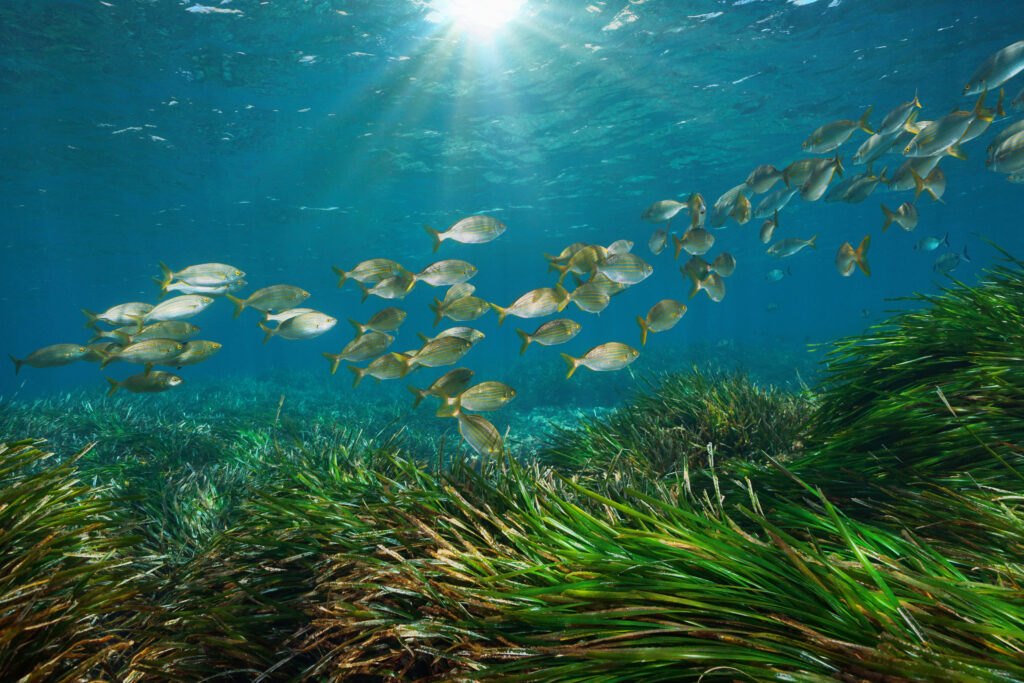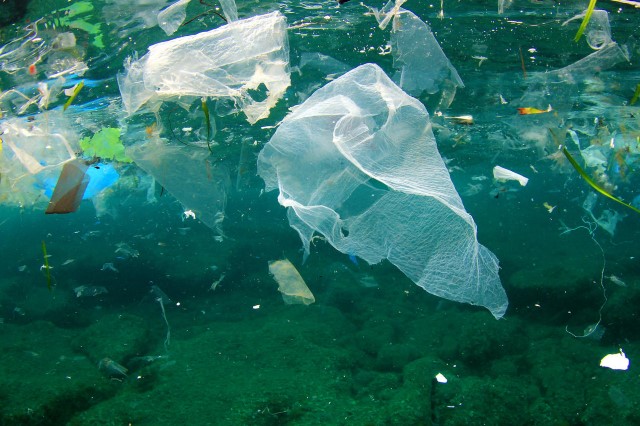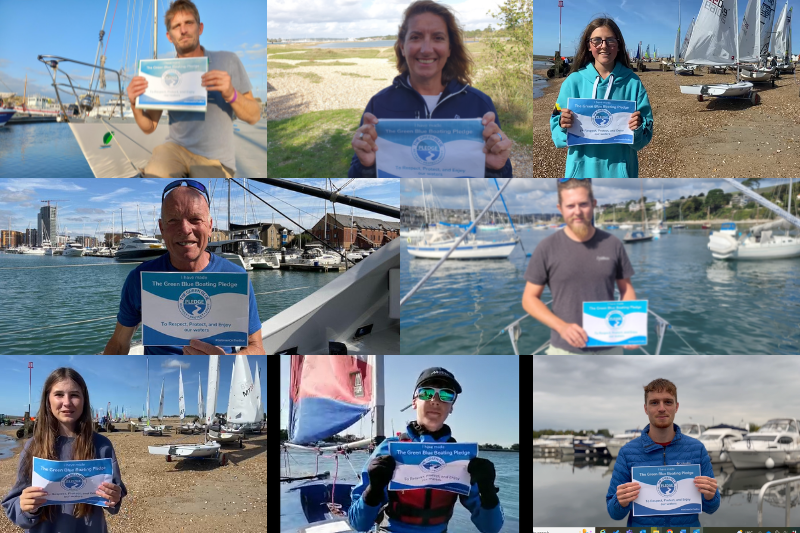Check, Clean, Dry
Protect Against Invasive Non-Native Species (INNS)
An Invasive Non-Native Species (INNS) is a species which has spread outside its normal habitat and is causing problems in its new environment. The best way to protect both your stretch of water and others around the UK from INNS is to follow the Check, Clean, Dry approach to removing INNS from your boat, equipment and clothing.
INNS cause serious environmental problems that can be irreversible and disrupt recreational boating by clogging up propellers, inlets and outlets, damaging boat, blocking up waterways making it hard to navigate through and expensive to eradicate and control. They are a problem in both inland and coastal waters and all boaters need to do their bit to prevent them spreading.
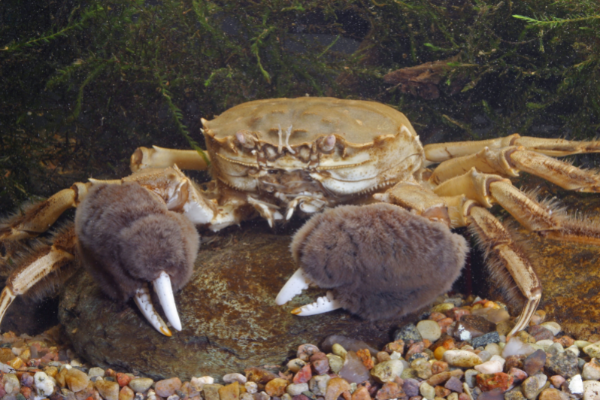
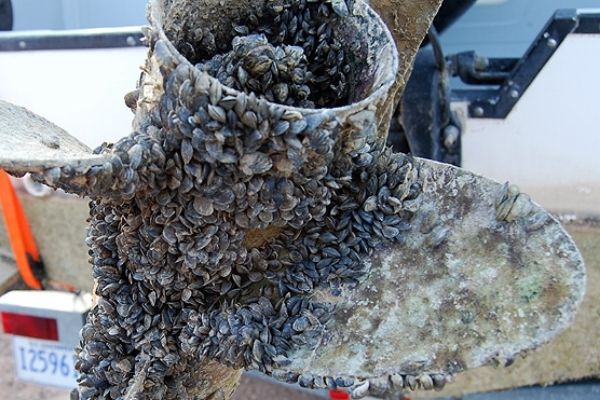
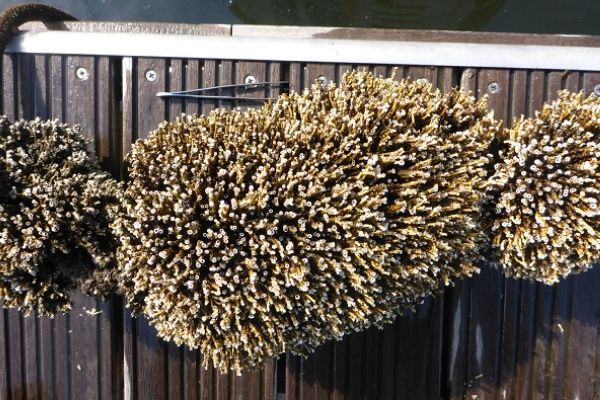
The Check, Clean, Dry approach
Check:
- Check for any plant or animal material on your boat, equipment and clothing. Pay particular attention to areas that are damp or hard to inspect.
- Remove visible fouling and put in the bin, not back in the water.
Clean:
- Wash your boat, equipment and clothing that has come into contact with the water thoroughly with tap water (including outboard, trailer and trolley/vehicle tyres). Pay attention to any crevices.
- Flush outboard engines with clean fresh water before leaving the site using appropriate equipment, flush muffs or in accordance with manufacturer’s recommendations. Allow the water to drain completely from the engine in a vertical down position.
- For boats kept in the water permanently or not lifted often, remove biofouling regularly from the hull with a sponge or soft brush to prevent build up.
- Any fouling that cannot be removed with a soft sponge or brush must be lifted and cleaned onshore. Choose a marina operator with a filtered boat wash down facility that can capture not only biofouling, but any antifoul residue.
- Where a filtered wash-down facility is not available, ensure removed biofouling is collected and disposed of in a bin.
Dry:
- When recovering your craft drain water from every part and all equipment that can hold water, e.g. water that collects in bilges, base of the mast and centre board casing before leaving a site
- Clothing and equipment should be thoroughly dried for as long as possible before it is used elsewhere. This is important because many species can survive in damp conditions for up to two weeks.
More information:
More advice from The Green Blue on preventing the spread of INNS when boating.
For more information on INNS and how you can stop their spread on and off the water, visit the website of campaign partner the GB Non-Native Species Secretariat.

